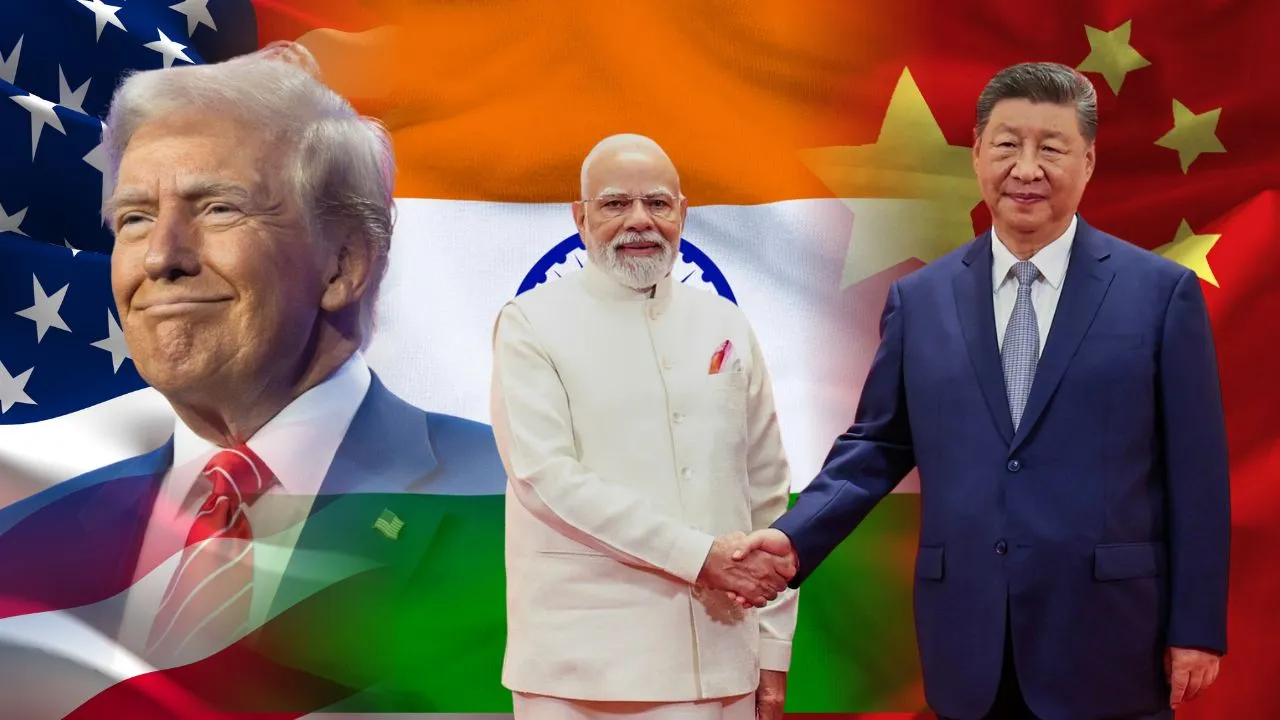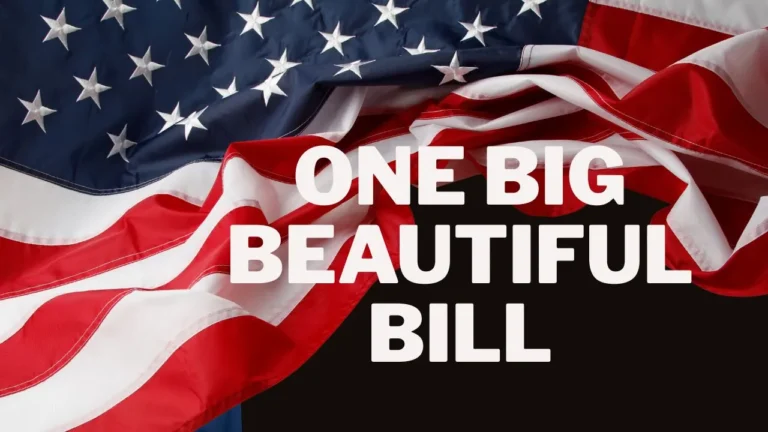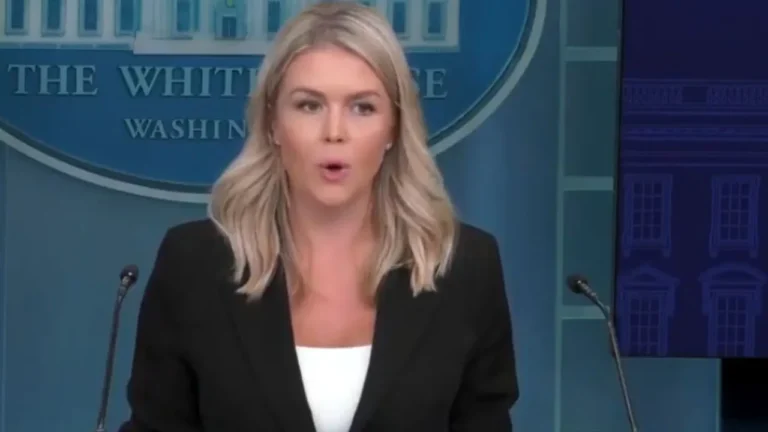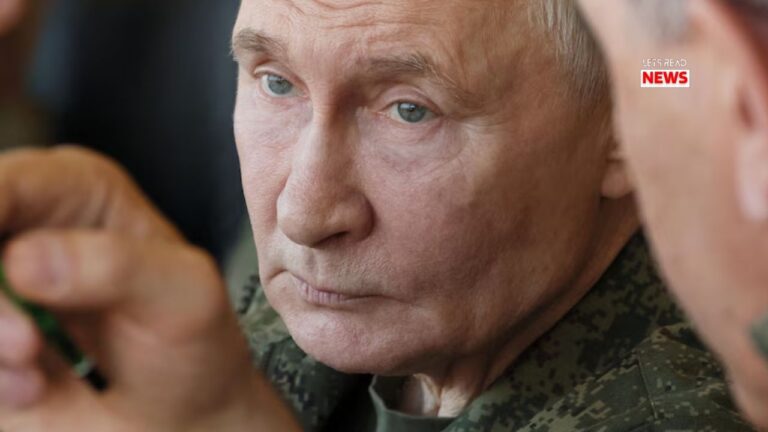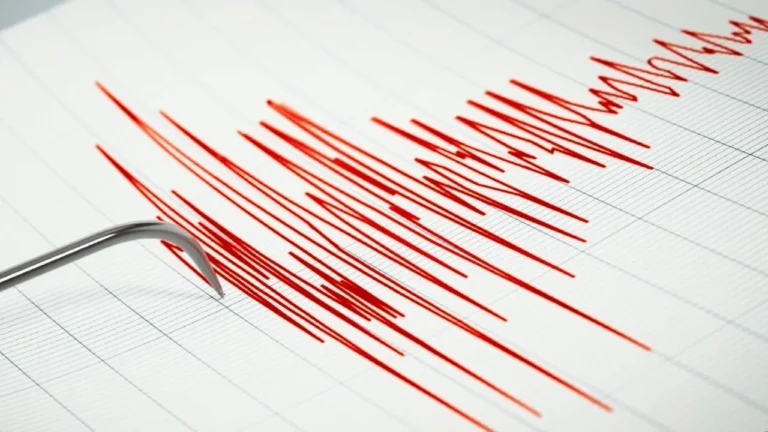Is Trump’s Tariff War on India Pushing It Toward China?
President Donald Trump’s aggressive tariff policies targeting India have sparked a firestorm of criticism at home, with lawmakers, former officials, and policy experts warning that his approach is not only damaging a key strategic partnership but also inadvertently strengthening ties between India, China, and Russia. As the U.S. imposes a hefty 50% tariff on Indian goods, questions arise: Is Trump’s “America First” trade strategy backfiring, pushing a vital ally toward its rivals?
The Tariff Trigger: A Double Blow to India
On August 27, 2025, Trump escalated his trade war by imposing a 50% tariff on Indian imports, combining a 25% “reciprocal” tariff with an additional 25% penalty for India’s continued purchases of Russian oil. These duties, among the highest globally, match those on Brazil and China, targeting labor-intensive sectors like textiles, jewelry, footwear, and seafood. The move has disrupted $86.5 billion in U.S.-India trade, threatening jobs and supply chains on both sides.
Critics argue the tariffs unfairly single out India. While China, the largest buyer of Russian oil, faces no similar penalties, India’s energy needs—driven by its 1.4 billion population—make Russian oil a critical resource. The Indian Ministry of External Affairs called the tariffs “unfair, unjustified, and unreasonable,” emphasizing that other nations engage in similar trade without repercussions.
Domestic Backlash: A Strategic Misstep?
Congressional Democrats, led by the House Foreign Affairs Committee, have slammed Trump’s selective enforcement. A post on X stated, “Instead of imposing sanctions on China or others purchasing larger amounts of Russian oil, Trump’s singling out India with tariffs, hurting Americans & sabotaging the US-India relationship in the process.” This sentiment is echoed by former officials like Jake Sullivan, who accused Trump of prioritizing family business interests in Pakistan over U.S. strategic goals, warning that “the US brand is in the toilet” globally.
Policy experts, including former U.S. Trade Representative Michael Froman, highlight the geopolitical fallout. Froman noted on CNBC that Trump’s tariffs have driven Indian Prime Minister Narendra Modi to China for the first time in seven years, a direct response to U.S. pressure. The Atlantic Council called this a “fundamental strategic miscalculation,” undermining decades of bipartisan efforts to position India as a counterweight to China.
Economic Ripples: Inflation and Lost Trust
The tariffs are hitting American consumers and importers hard, with economists warning of inflation risks as supply chains for affordable Indian goods falter. Sujan Hajra of Anand Rathi Group estimates up to 2 million Indian jobs are at risk, while U.S. businesses face higher costs. Meanwhile, competitors like Vietnam and Bangladesh are poised to capture market share, potentially locking India out of U.S. markets long-term.
Trump’s Monday Truth Social post claimed India offered to “cut their tariffs to nothing,” but Indian officials have not confirmed this, and trade talks remain stalled after a canceled U.S. delegation visit in August. This lack of progress, coupled with inflammatory rhetoric from Trump adviser Peter Navarro—who called the Ukraine conflict “Modi’s war”—has deepened the diplomatic rift.
India’s Pivot: Closer to China and Russia?
The tariffs have accelerated India’s warming relations with China and Russia. Modi’s recent meetings with Chinese President Xi Jinping and Russian President Vladimir Putin at the Shanghai Cooperation Organisation summit signal a strategic pivot. India and China, once rivals, are resuming direct flights, easing visa restrictions, and discussing trade barriers, moves spurred by shared frustration with U.S. policies. The Atlantic Council warns this could reshape Asian geopolitics, weakening the U.S.-led Quad alliance.
A Test for “America First”
Trump’s defenders argue the tariffs pressure India to align with U.S. interests, particularly in reducing Russia’s war funding. However, critics like Jeffrey Sachs call it “the stupidest tactical move in US foreign policy,” uniting BRICS nations against the U.S. As India strengthens ties with Beijing and Moscow, Trump’s strategy risks isolating the U.S. in a critical region.
Conclusion: Trump’s tariff war on India, intended to assert economic dominance, may instead be pushing a key ally toward America’s rivals. With domestic critics sounding alarms and global alliances shifting, the question remains: Can the U.S. repair its relationship with India, or will this misstep redefine Asia’s geopolitical landscape?
As an Amazon Associate, we earn from qualifying purchases. Explore books like “The India Way” by S. Jaishankar to understand India’s global strategy.
Read more :

